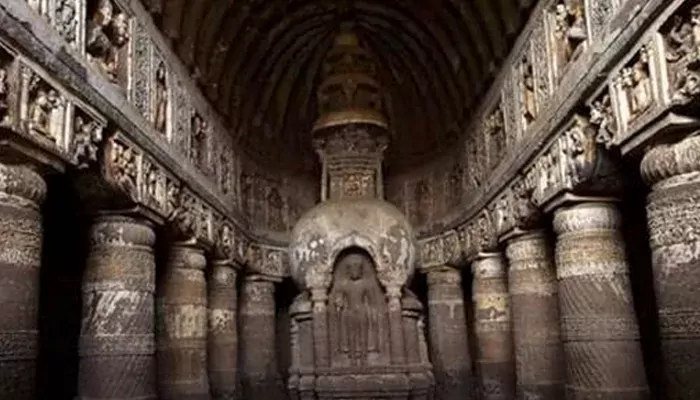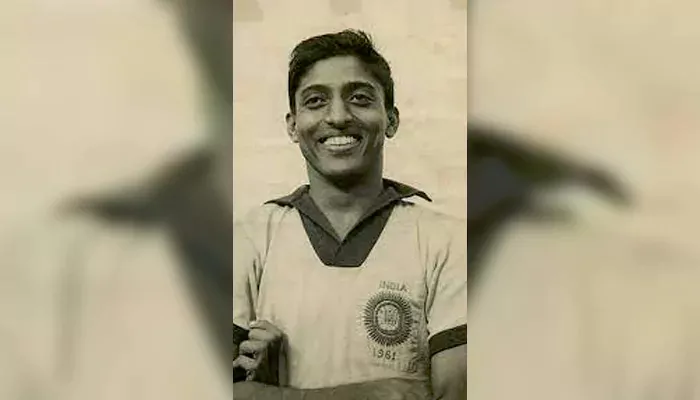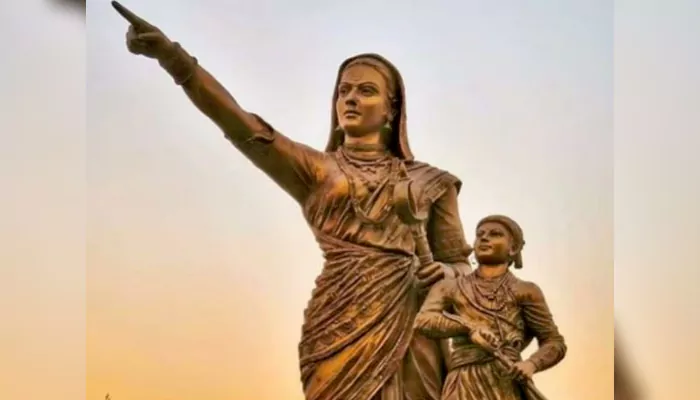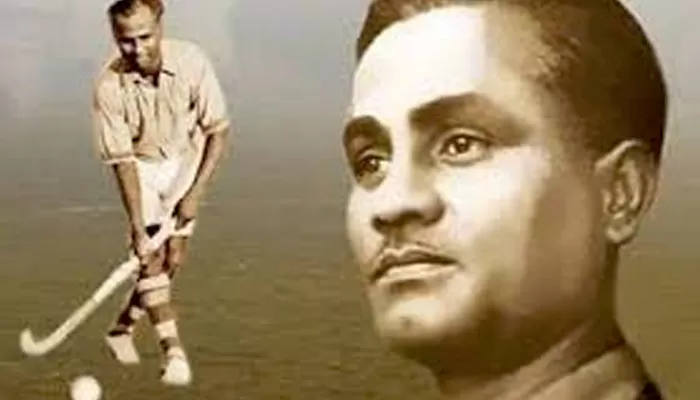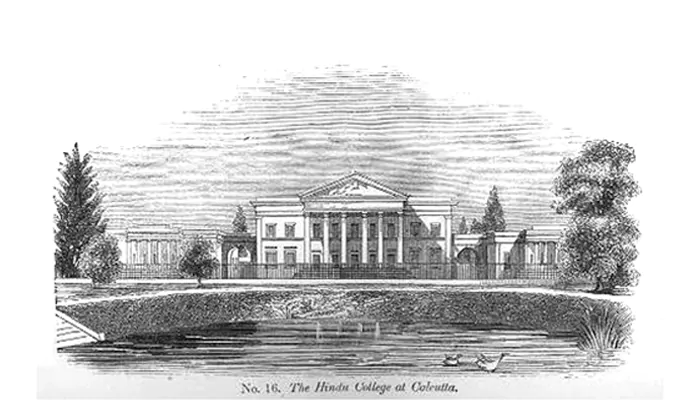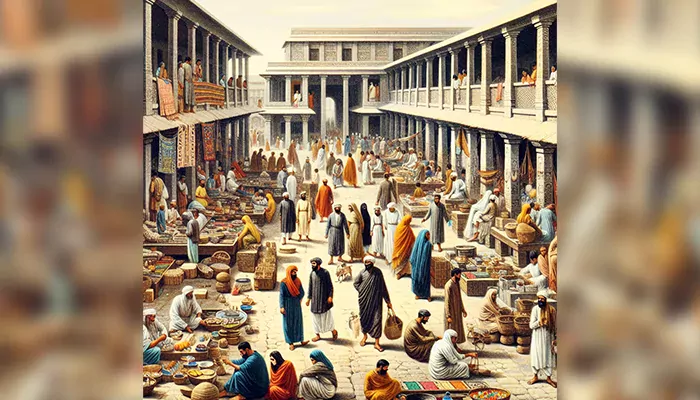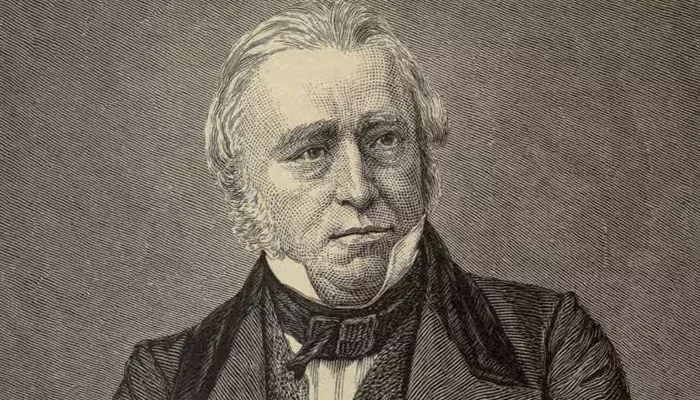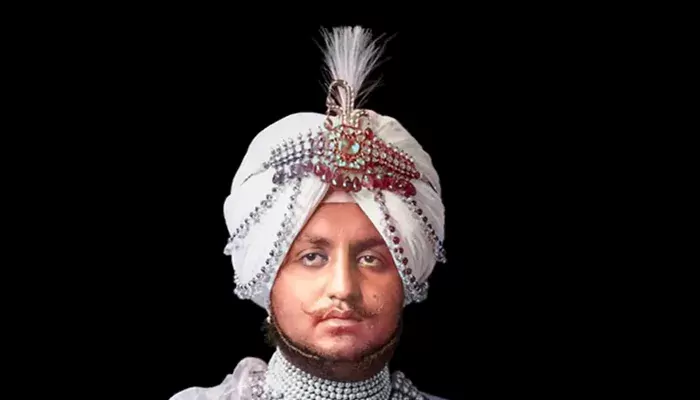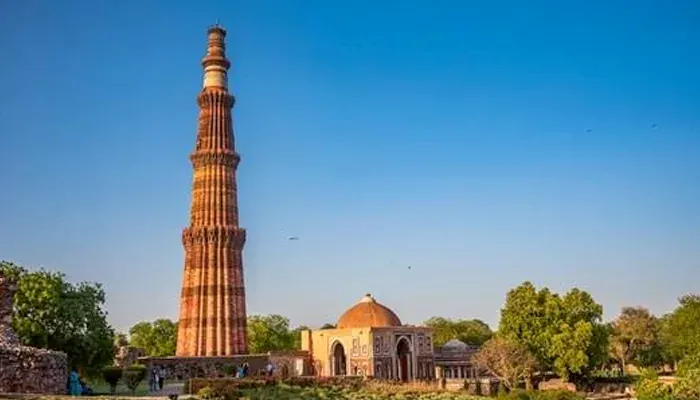Paris Rebellion Club: How Indian Students Plotted Revolts in Europe
- Sanchari Das
- 4 months ago
- 4 minutes read
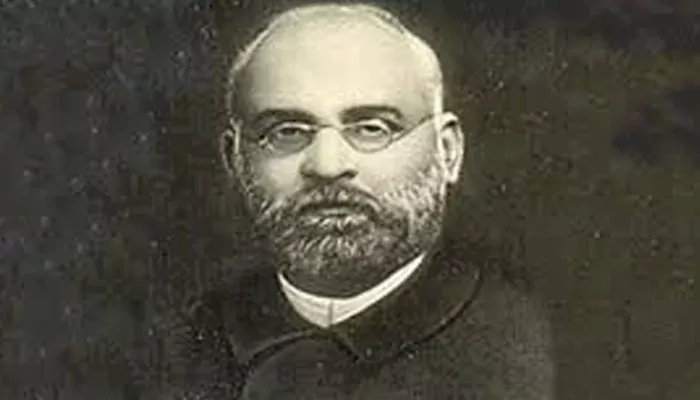
In the cafés of Paris, far from home, rebellion brewed over coffee and conversation
By the early 1900s, London had become too risky an option. British surveillance tightened around Indian nationalists who had taken refuge there. So, many revolutionaries—students, writers, exiles—slipped across the Channel and found themselves in the City of Light. Paris, with its tolerant politics and open cafés, became more than just a haven. It became a second front in the Indian freedom struggle.
It was here that a new kind of rebellion was born—not with guns at first, but with journals, slogans, and the quiet clink of spoons in teacups.
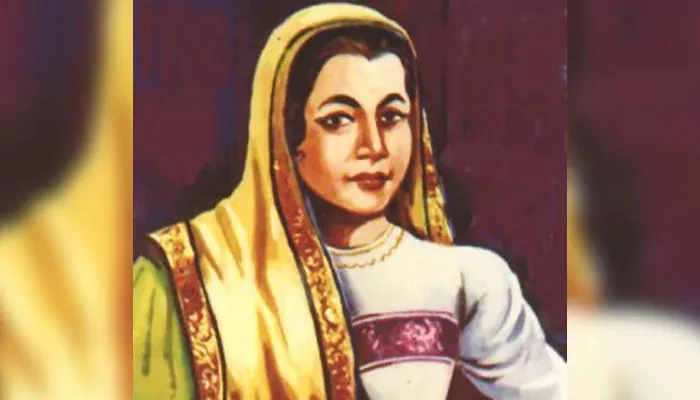
Birth of the Paris Indian society
In 1905, three names changed the game in France: Madam Bhikaji Cama, S.R. Rana, and Munchershah Godrej. Together, they established the Paris Indian Society, a nerve centre of radical thought. Initially meant to support the work of Shyamji Krishna Varma's Home Rule Society in London, it quickly gained momentum. It attracted students fleeing repression and thinkers seeking free air.
Under Cama's guidance, the society wasn't just a club. It was a publishing house, training ground, and intelligence post rolled into one.
The flag raised in defiance
One of the boldest moments came in 1907. At the Socialist Congress in Stuttgart, Madam Cama unfurled a tricolour flag—green, saffron, and red—with the words "Vande Mataram" inscribed on it. It was one of the earliest versions of what would later inspire India's national flag—her voice, loud and unwavering, called for Indian independence on an international stage.
It wasn't just symbolic. It was strategic. She knew the power of visibility—how images and slogans could travel faster than people.
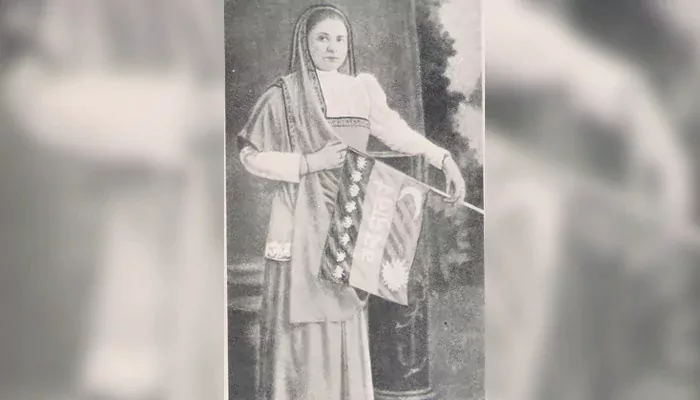
Espionage in everyday clothes
This was not just a salon movement. The Paris exiles actively planned armed resistance. Men like M.P.T. Acharya and Har Dayal used Paris as a base to move arms and revolutionary literature into India. Disguised as students or scholars, they shipped pistols, blueprints, and pamphlets hidden in books and clothing.
In 1910, a young man named Chanjeri Rao left Paris with a suitcase of revolvers. He was caught in Bombay. But the message was clear: Paris was no longer just a city of poets—it was a factory of fire.
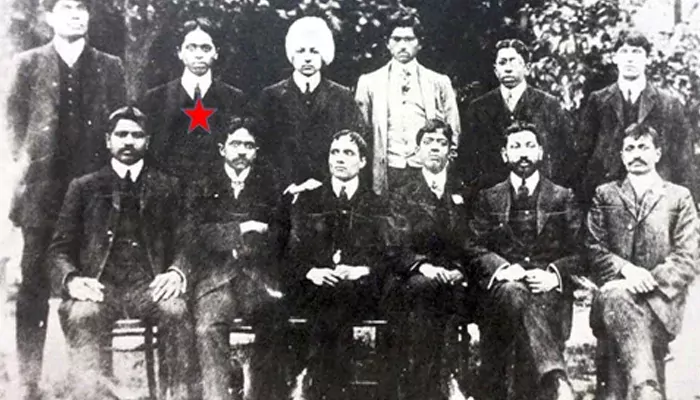
Allies across borders
The Indian revolutionaries in Paris weren't working alone. They forged links with Russian anarchists, Irish nationalists, and French socialists. These alliances offered more than just moral support. Russian revolutionaries, seasoned in underground tactics, shared manuals and sabotage techniques with one another. In return, Indian exiles provided a model of anti-colonial struggle to their European comrades.
The city became a bridge between the East's anti-imperial dreams and Europe's revolutionary experience.
The war that shifted it all
World War I changed everything. With Britain and France now allies, the Paris network faced increasing pressure. Surveillance grew, funds dried up, and many members relocated to Berlin, where they formed the Berlin Committee, linking up with German intelligence to launch a broader anti-British campaign.
Still, Madam Cama stayed on in France, despite repeated British demands for her extradition. The French refused. Even under house arrest, she remained defiant—editing, advising, writing.
Legacy of a distant revolution
The Paris Rebellion Club—unofficial as the name was—left behind no office, no official archive. But its impact was felt in Indian homes, in hand-copied pamphlets, in secret meetings, and the defiant acts of the Ghadarites and other revolutionaries.
They wrote the early grammar of resistance. With words, with symbols, and yes, with weapons. Their tools were books and bullets alike. In Paris, the revolution wasn't loud—it was quiet, cultured, and relentless.
It didn't need a flag to declare itself. It had already been raised.

